Why Midi Synth Sounds Never Seem to Fit? – 4 Steps to Better Synths
Have you ever searched synth sounds only to find out they all seem to suck? Doesn’t really matter what plugin you’re using, bulk of the presets sound like… Well, shit. Where on earth could you use them ever? They’re either boring or full of strange effects.
I’ve noticed that I can’t find a sound that works just as it is in my own purpose. Whatever the sound is, it needs a bit of work to be honest. There are at least four different steps that I do, in order to make the synth sounds sit in my own songs.
Let’s take a closer look what I usually do. Hopefully you’ll find these steps useful as well. I’m explaining my process step by step and you can hear what each of the steps add to the sound, both soloed and in the context of the whole song.
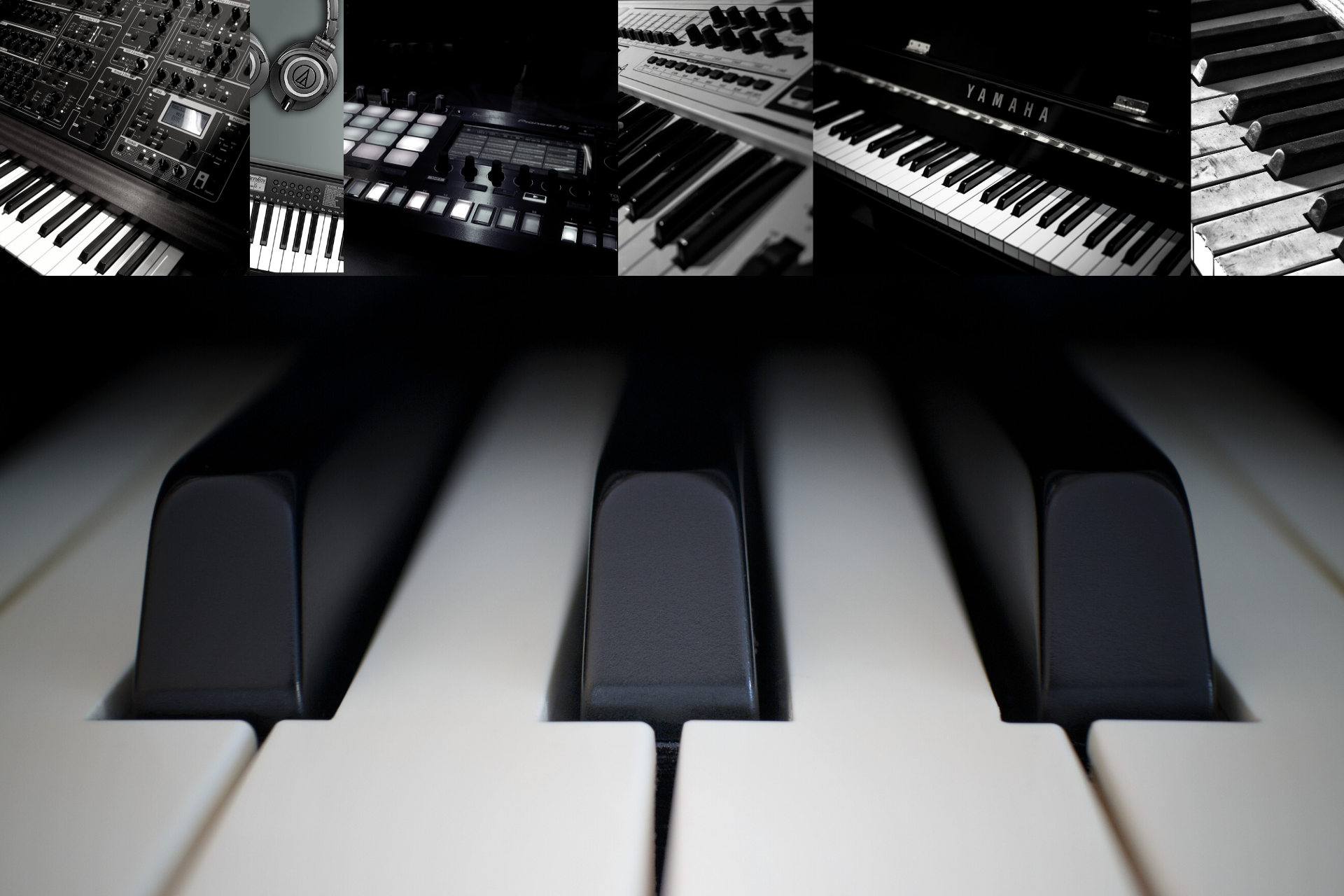
Step 1 – Choosing a Sound That’s Close to What You’re Looking For
You’re never going to find exactly what you’re looking for, so go with the sound that’s somewhat close to it. Don’t pay attention to its effects, or how fast the sound starts or ends. Those are aspects you can adjust. The first step consists of four little steps:
- Find a sound close to what you’re looking for
- Decrease the amount of effects such as reverb and delay
- Adjust attack time to make the sound start faster or slower
- Adjust release time to make the sound end faster or slower
Usually there’s way too much reverb and delay, that doesn’t even fit to your song. Remove them all together or decrease to suitable level. If the sound doesn’t seem to “light up” quickly enough, then adjust the attack time to be faster. The lesser the attack time is, the faster the sound will start.
On the other hand if the sound doesn’t seem to end – as they usually go on and on – adjust the release time to be slower. Typically it’s around halfway (value of 50) that I find myself using. It’s a value where the sound follows best what I’ve written with midi.
The preset synth sound:
After adjusting effects, attack and release:
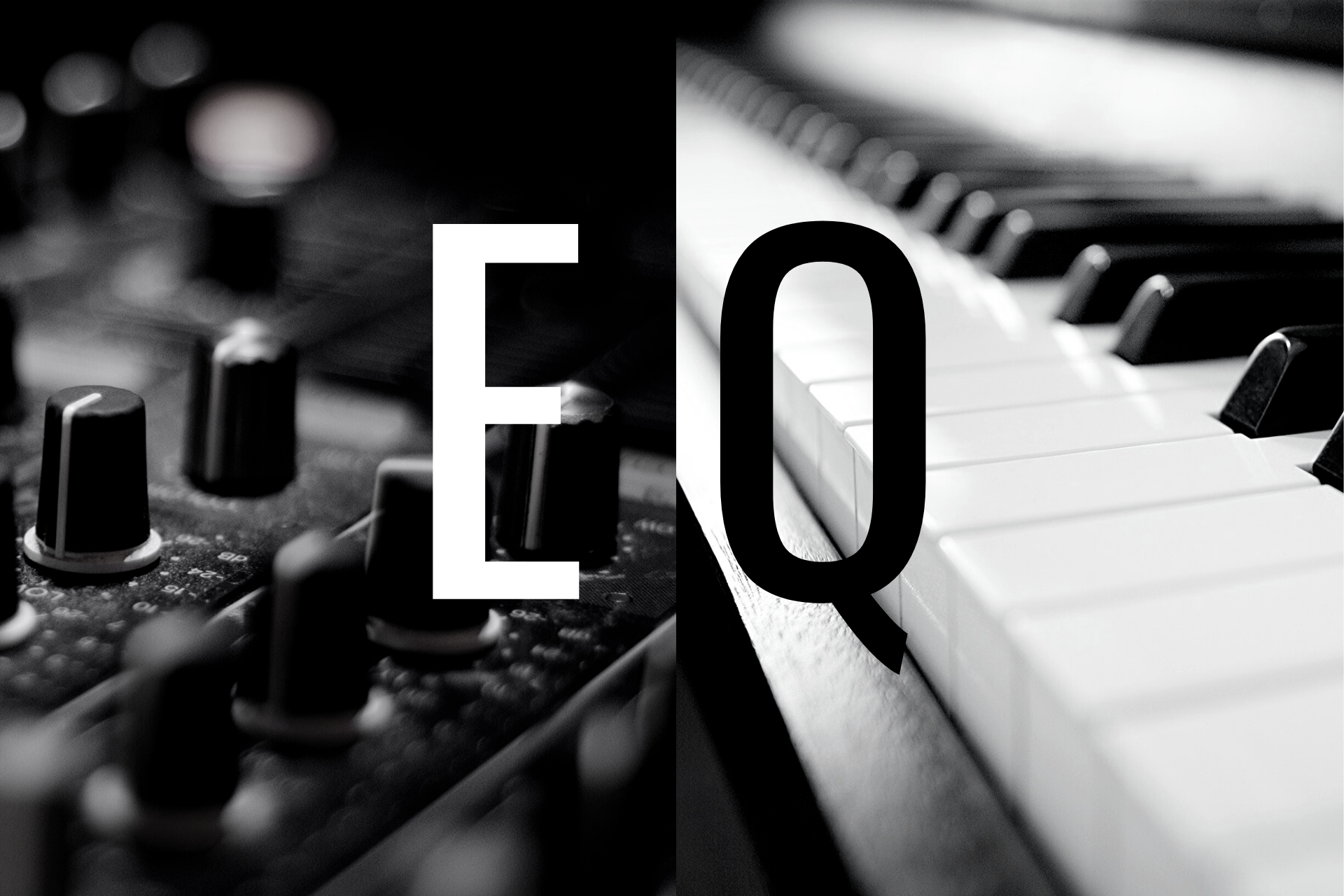
Step 2 – EQing
Don’t be afraid of using EQ in the middle of songwriting process. EQ is one of the best tools to shape a sound, albeit it is generally perceived as a mixing tool. Make brave EQing choices to mold the sound for your own song.
Is it too crisp and bright? Cut the high end with high cut filter. Is it too boomy? Cut the low end all together with low cut filter. Get rid of annoying frequencies and boost where you think it sounds awesome.
Most presets have way too much low end, that only gets in the way of other instruments in a busy mix. Notice that you can make the synth sound seem further away in the mix, if you cut some of the high end all together.
Before EQ:
After EQ:
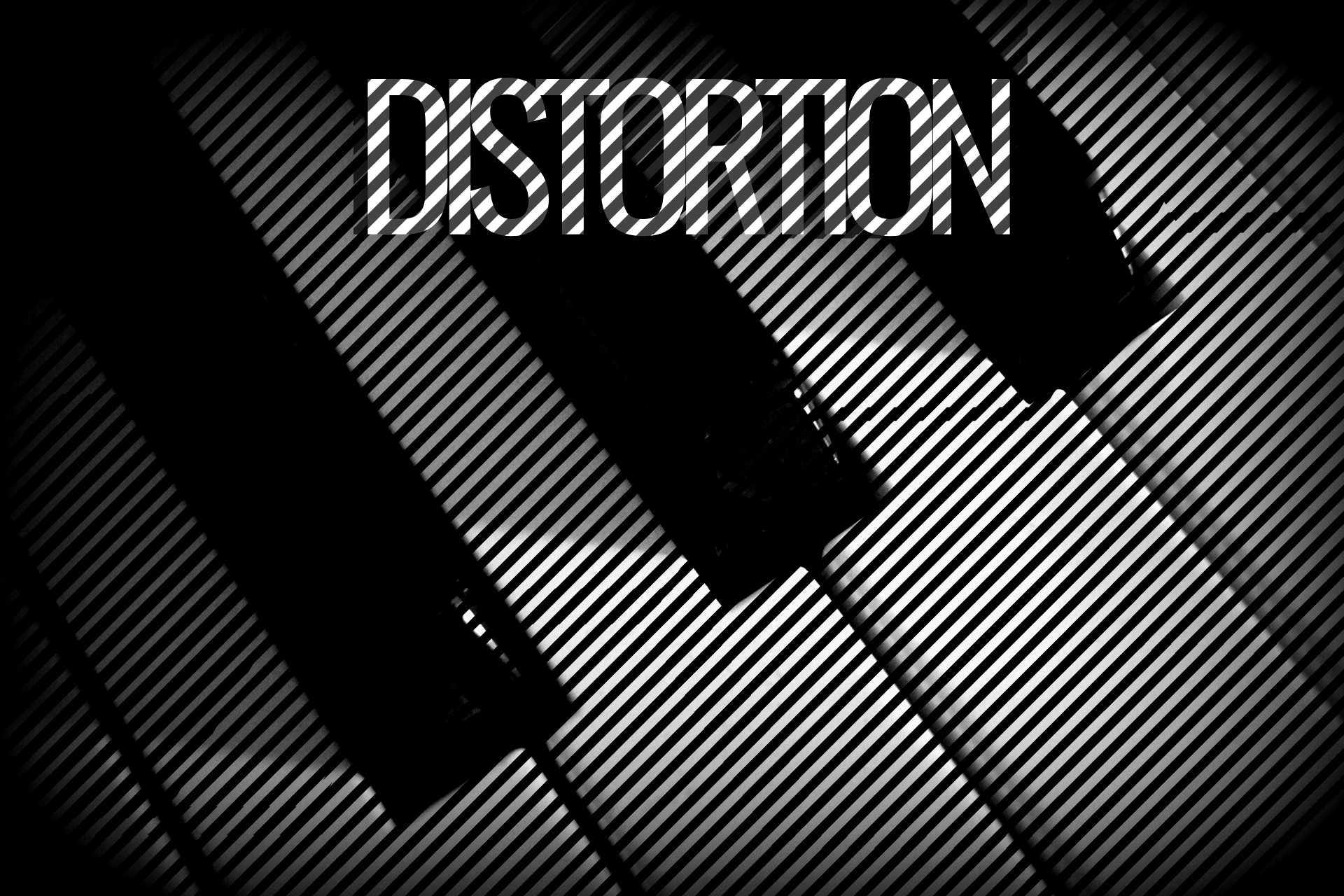
Step 3 – Adding Distortion
Distortion is a great way of adding interest to the synth sound, since it will make it more unique. Another benefit is that the synth sound will cut better through mix. Distortion will add harmonics to the sound, so that ends up feeling fuller and bigger, even though the volume stays the same.
The amount of distortion depends on what you’re looking for. A simple piano melody can rise to another level with just a tad of distortion, whereas synth leads, strings and even some electric drums can benefit from some heavy distortion. It’s totally something to experiment with.
Before distortion:
After distortion:
Step 4 – Adding Space
The final step is to add some suitable space to the synth sound. This means adding reverb and / or delay to it. With these two you can make the sound more of what you had in mind, blend the sound to the rest of the song and push it further away in the mix. Listen in context with your song to know how much is needed.
The combination of EQ and space is what creates awesome results. If you’ve ever wondered why your synths sound tiny and even annoying compared to synths of your favourite songs out there, it’s probably because you haven’t used these two.
Before adding space:
After adding space:
Summary
Hopefully this post opened your eyes in terms of how you can shape synth sounds to fit in your own purposes. The sad truth is that you’ll rarely find a preset sound that fits in your song as it is.
Luckily now you have some tools to deal with it. Try these steps next time you’re working on a song that has synths in it. I guarantee you’re going to hear the difference they make.
To sum up, the four steps are:
- Choosing a sound that’s close to what you’re looking for
- EQing
- Adding distortion
- Adding space
Here’s the synth before and after the changes in context:
Hear how much clearer, defined and unique the synth sound is and how much better it sits in the mix?
Thanks for reading. If you’re struggling to translate songs from your head to the real world, you’re stuck in a composing process or you’re suffering from writer’s block, download this PDF-guide. It’s yours for free today, no strings attached.
Read also: “How to Create Midi Drums Faster?”
“How to Make Realistic Midi Drums?”
“How to Mix Midi Drums? (The Pro Way)”
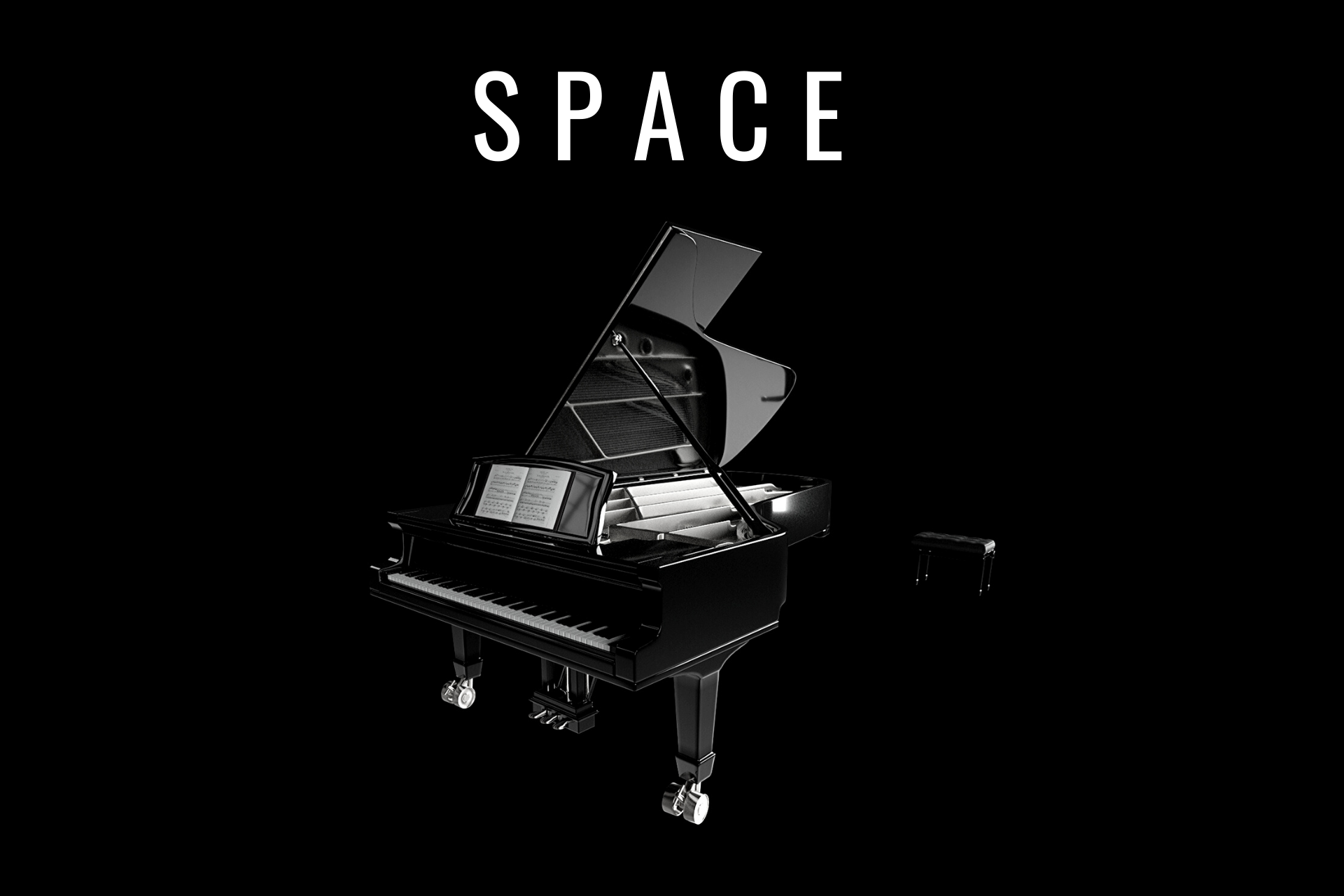
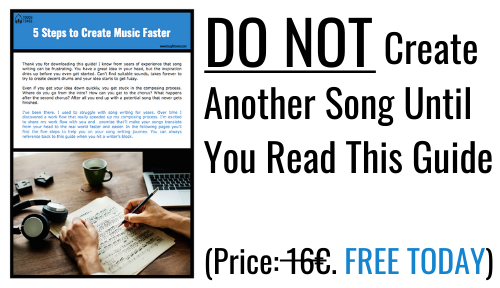
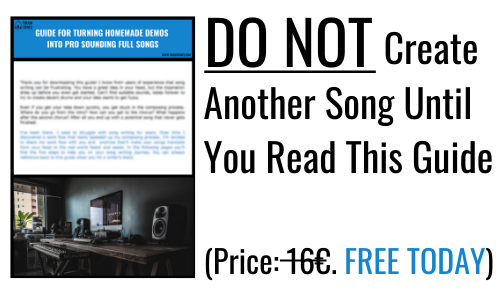
3 thoughts on “Why Midi Synth Sounds Never Seem to Fit? – 4 Steps to Better Synths”